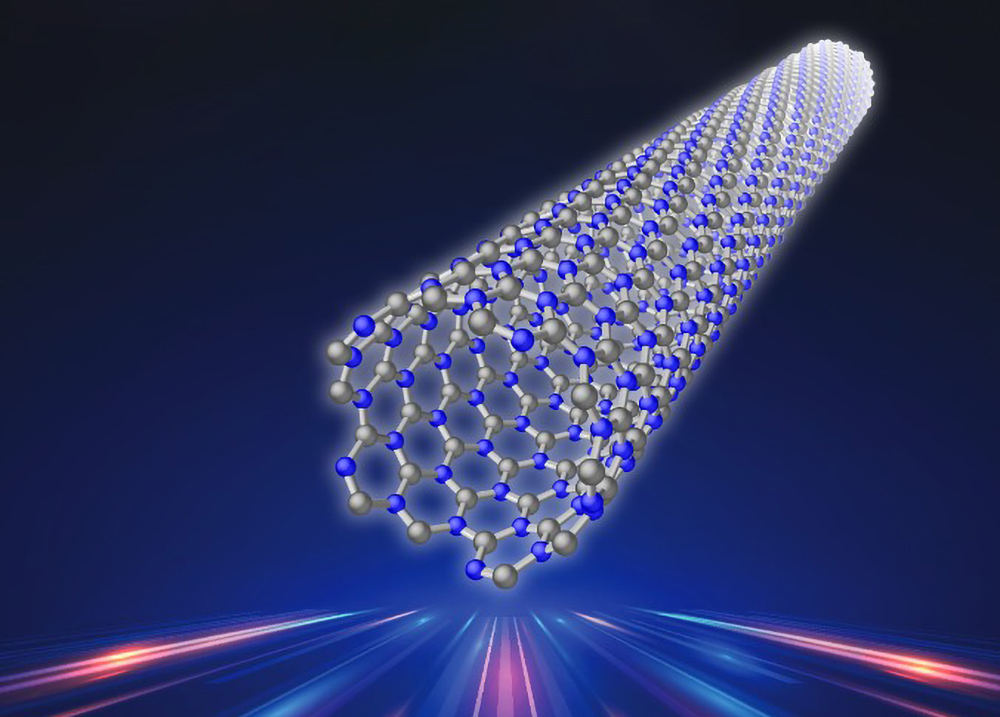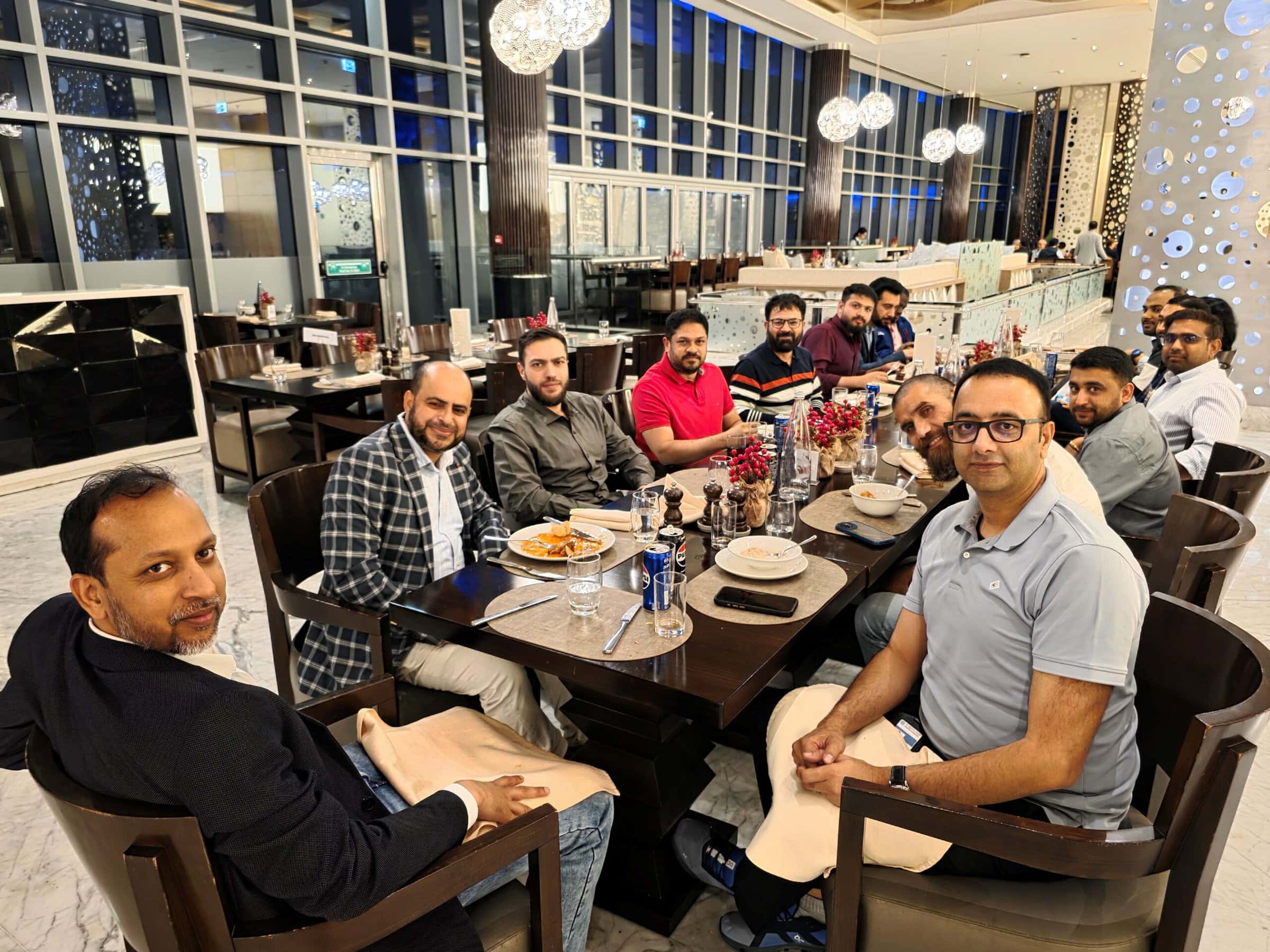Review by Mario Affatigato
The two-volume Encyclopedia of Glass Science, Technology, History, and Culture, edited by Pascal Richet, is a rich compendium of information spanning a vast number of aspects of the use of glass as a material.
The two volumes cover essential information on the structure of glass and its industrial applications and also contain articles on topics as diverse as electro-chemistry, glass-metal interactions, displays, natural glasses, dental glass-ceramics, and glass in architecture. The length of the articles is appropriate (on the order of 15–20 pages), providing a valuable amount of information that can be read in one sitting. The work is divided into 10 themes, namely glassmaking, the physics and (separately) the chemistry of glass, inorganic and (separately) organic glass families, history, and other individual sections on structure, transport, environmental issues, and glass and light.
Many readers will find the content—especially many of the diagrams—quite useful in their work or even as new, additional subject matter for lectures and presentations. Among the many discussions that this reviewer found particularly interesting are the role of glass vibrations on the heat capacity at cold temperatures (I; 3.4), the coverage of radiative heat transport (I; 4.5), the presentation of corrosion of natural glasses in seawater (II; 7.3), the novel chapter on glass and the philosophy of matter in antiquity (II; 10.4), and the wonderfully illustrated chapter on biogenic silica (II, 8.1). For an academic reader who lectures on glass, the chapters on industrial processes will be quite helpful. For a student, the chapters on the basics of glass formation and structure, glass crystallization, network simulations, and the numerous articles on properties, characterization, and applications will provide a great introduction to the foundations of the field. Not to mention the fascinating piece on extraterrestrial glasses!
The authors of the articles are practitioners in the field, and the geographical distribution is impressive. Thus, the coverage of themes is excellent, and the articles tend to be written by active experts on the topic. The work is indeed encyclopedic in its topical coverage, making the volumes extremely important if not indispensable. It must be noted the printed version contains images in black and white only, while the electronic version has color figures. As many of the pictures of the historical and artistic glass are best viewed in color, the reader may want to consider this difference.
The only caveat for the reader would be the inevitable consequences of an encyclopedic work. At times, the articles can be too brief for someone seeking a more profound treatment of a topic, but this drawback can be remedied by careful use of the citations given in each article. Looking at the two volumes as a whole, the organization of the themes is logical. Still, it can result in some needed information being presented in one chapter after it is already used and discussed in a previous article. At other times, similar articles are quite apart—complex sili-cates are covered in the sixth chapter of Volume 1, while borosilicates are in the sixth chapter of Volume II. This disconnect is inevitable in such a comprehensive work and should not be considered a negative. Instead, the reader should explore the information in this wonderful set of books as needed, looking up unknown material as it arises in relevant chapters.
Purchase Encyclopedia of Glass Science, Technology, History, and Culture at this link.
About the author
Mario Affatigato is Fran Allison and Francis Halpin Professor of Physics at Coe College in Cedar Rapids, Iowa, editor-in-chief of the International Journal of Applied Glass Science, and editor of Modern Glass Characterization.
Author
Eileen De Guire


